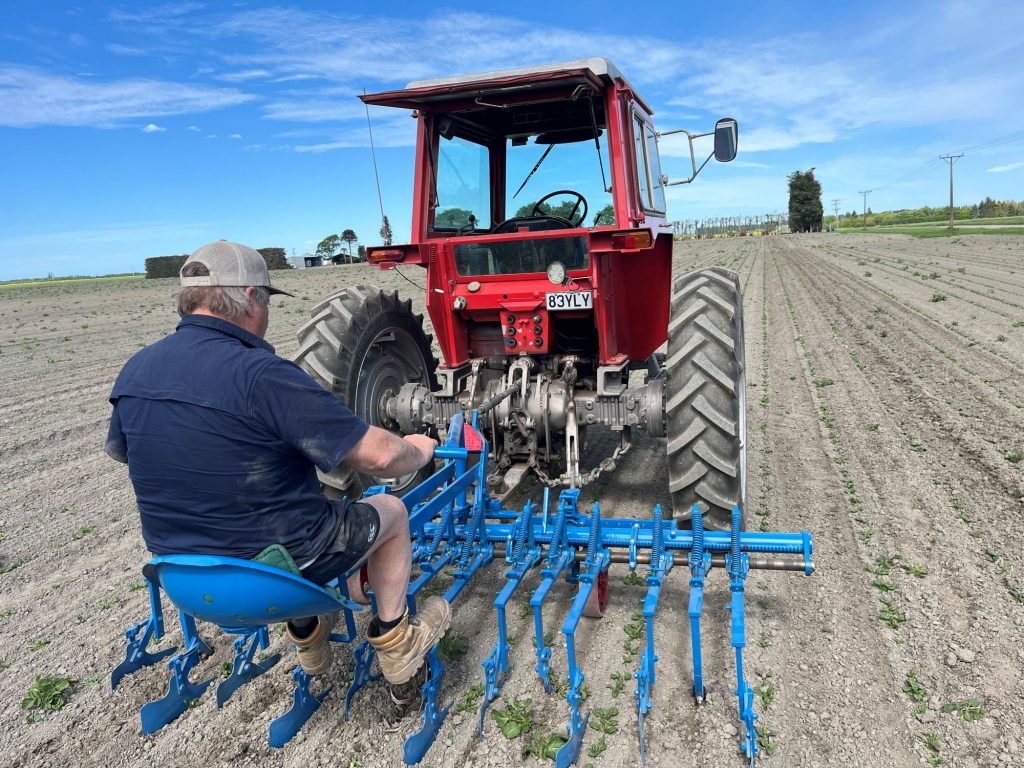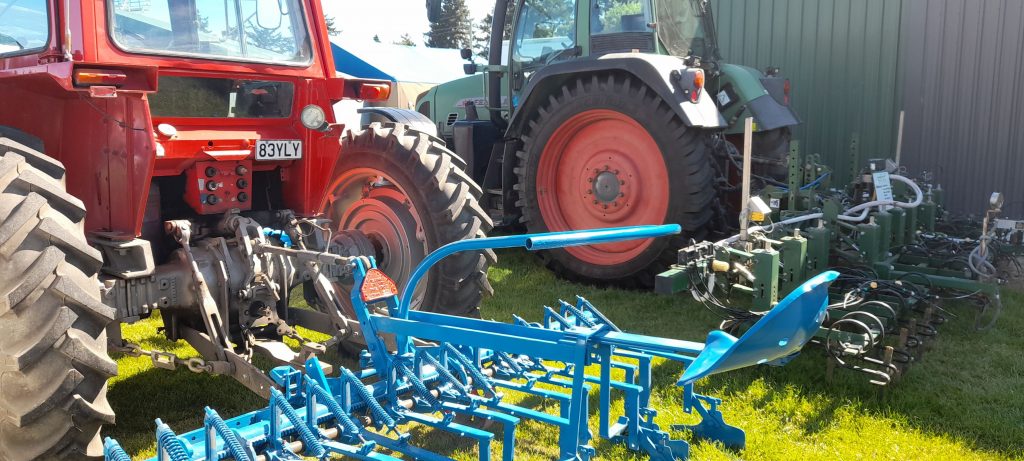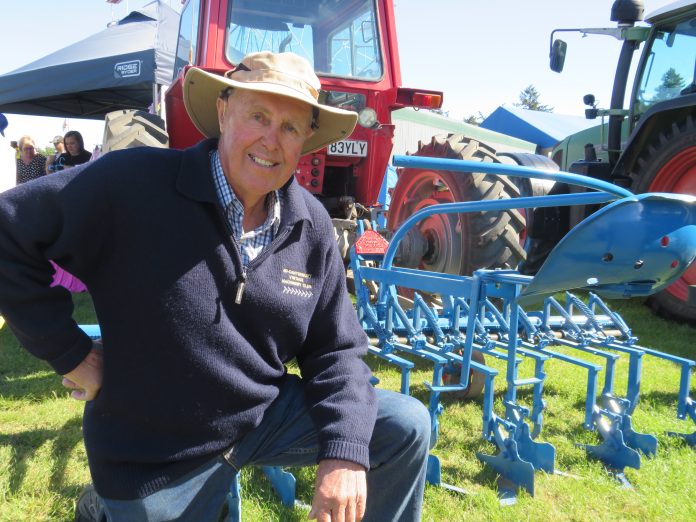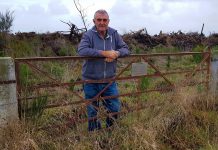John Hall spent winter restoring a 1960s Nicholson steerage hoe.
It’s a piece of history the retired farmer will probably never use, but he ‘‘saved it from the scrap man’’.
Hall, now living in Ashburton, has owned the hoe since the 1980s. He paid $150 for it.
And 40 years later, it has become the first piece he has ever restored.
It has been painted Fordson Blue.
‘‘It was a blue. It had red wheels and it had a red seat, but I thought the red seat was a bit too much so I just made the seat blue,’’ he said.
Hall estimates it cost him $1200 to restore it.
‘‘It’s one of these things I’ve always wanted to try it out,’’ he said.
But it was a labour of love.
He got to pore through old publications of Farm Mechanism as research to get it into working order.
Hall has collected publications of Farm Mechanism since he was in high school in the 60s, and was able to research details on the steerage hoe, used to prepare land for use.
The publications were kept in storage.
‘‘I’ve been buying them since then, now they are called Classic Tractor. ‘‘I can just go back and find out this stuff.’’
The steerage hoe was imported to New Zealand by Lincoln University to undertake sugarbeet growing trials in the early 1970s, Hall said.

Built by WN Nicholson and Son Ltd, from Newark, England, five farmers at Greenpark, near Lincoln, also purchased them for fodderbeet growing.
The hoe’s use was a two-man operation with one driver, and the other steering the hoe.
It required no spanners for adjustment, steered easily and gave a good view of the plants.
‘‘You can precision inter-row cultivate vegetable seeds,’’ he said. It helped improved crop growth, and remove weeds.
‘‘This was originally brought out for sugarbeet, for Lincoln college trials.’’
However, the government of the time did not approve the establishment of a sugarbeet factory, he said.
It was deemed not viable to have one in Canterbury to protect Fiji’s economy, he said.
It resulted in the steerage hoe being sold to market gardener Jimmy Kong, in Oamaru. Hall, who was farming at Morven at the time, bought it from Kong’s clearing sale in the 1980s.
He never used it. It sat out in the elements.
It would take a move to a farm just out of Ashburton and then a property downsize into town, before he would get around to its much-needed restoration.
‘‘I got it sandblasted, but pulling it apart was the hardest part,’’ Hall said.
But there were also a few bits made and sourced to replace missing parts including some missing springs.

Hall said since the 1960s, machines had advanced.
They now had GPS technology, twin cameras and could steer themselves.
‘‘A lot has happened since the 1960s,’’ he said.
Since completion the steerage hoe has been put to the test by farmer Greg Lovett.
Hall drove the tractor while Lovett steered the hoe cultivating spinach for seed crops. It worked a treat.
‘‘If you only had a little bit to do this would be perfect and there’s no chemicals.’’




